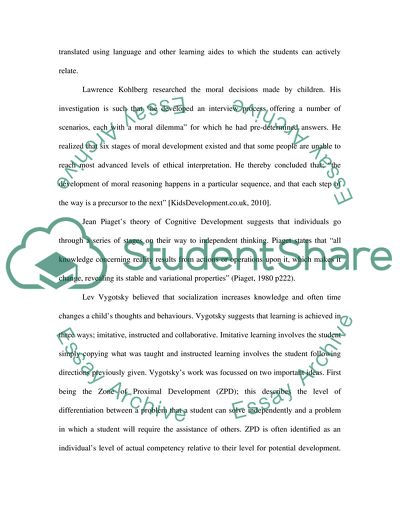Cite this document
(How Does Group Work Contribute to Teaching and Learning in Primary Essay, n.d.)
How Does Group Work Contribute to Teaching and Learning in Primary Essay. Retrieved from https://studentshare.org/education/1734434-how-does-group-work-contrbute-to-teaching-and-learning-in-primary-school
How Does Group Work Contribute to Teaching and Learning in Primary Essay. Retrieved from https://studentshare.org/education/1734434-how-does-group-work-contrbute-to-teaching-and-learning-in-primary-school
(How Does Group Work Contribute to Teaching and Learning in Primary Essay)
How Does Group Work Contribute to Teaching and Learning in Primary Essay. https://studentshare.org/education/1734434-how-does-group-work-contrbute-to-teaching-and-learning-in-primary-school.
How Does Group Work Contribute to Teaching and Learning in Primary Essay. https://studentshare.org/education/1734434-how-does-group-work-contrbute-to-teaching-and-learning-in-primary-school.
“How Does Group Work Contribute to Teaching and Learning in Primary Essay”, n.d. https://studentshare.org/education/1734434-how-does-group-work-contrbute-to-teaching-and-learning-in-primary-school.


